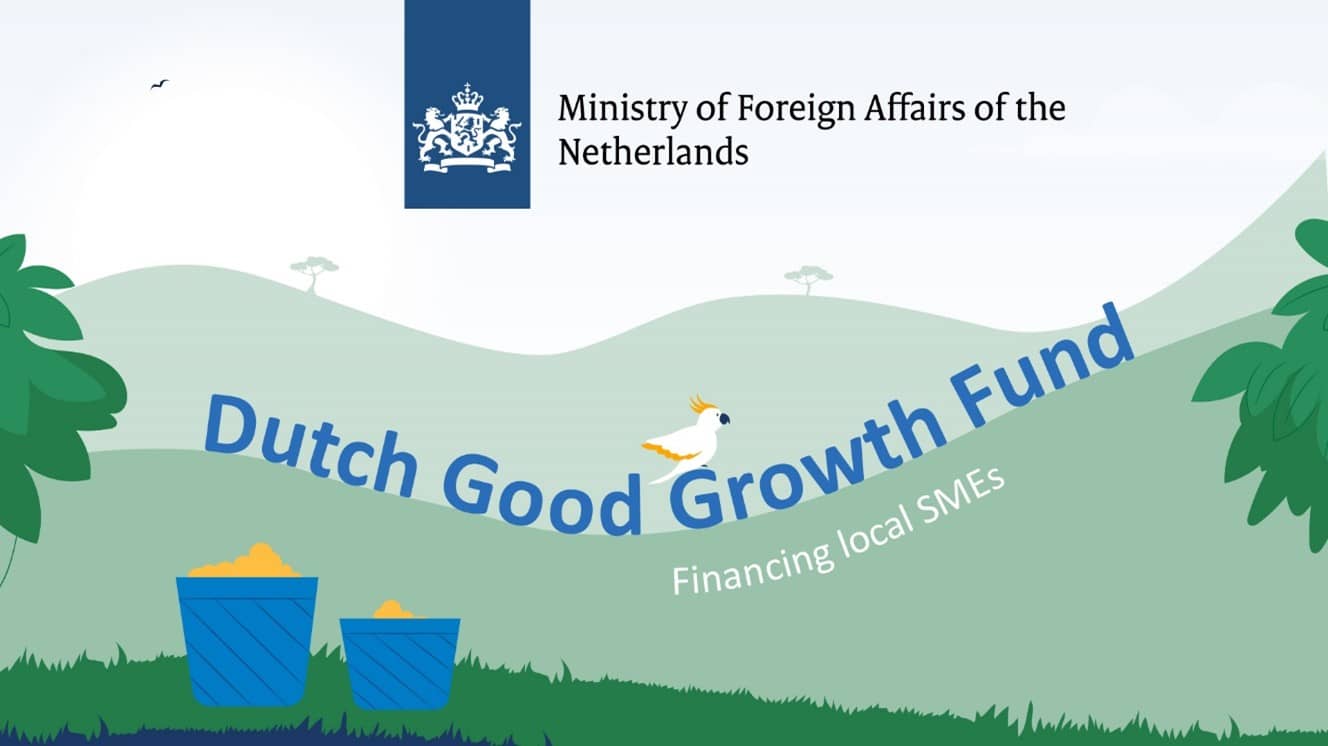Why focus on improving access to finance for SMEs in frontier markets?
Small and medium-sized enterprises (SMEs) have a significant and positive effect on emerging/frontier market economies and contribute to inclusive economic growth. As research has shown, this is realised through the creation of jobs, providing access to goods and services to underserved populations, and creating innovative business models and technologies. SMEs in frontier markets often face difficulty securing the financial backing they need to support early-stage growth, acquiring assets, working capital, and covering operating costs.
Who is the missing middle?
SMEs that lack sufficient access to finance are often referred to as the ‘missing middle’; entrepreneurs that have outgrown microfinancing, are too small or risky for conventional capital market players such as traditional banks, and lack the growth and return sought by traditional venture capital players[1]. Missing middle SMEs can be further divided in four sub-segments with distinct financing needs and gaps: 1) High-growth Ventures; 2) Niche Ventures; 3) Dynamic Enterprises; and 4) Livelihood-sustaining Enterprises[2]. Because each segment of entrepreneurs has a differentiated growth potential, innovation profile, and thus financing needs, a targeted approach is needed when providing financing solutions.
Why does a finance gap exist?
Finance providers, on the other hand, face many challenges when serving SMEs in developing countries through traditional channels. Among these challenges are the high costs and time needed for risk mitigation e.g., related to SMEs having little or no collateral, or limited business performance information. For conventional players there is often a deposit-taking regulatory burden, pressure to maximise return with minimal risk and in general limited amount of capital available for lending.

Moreover, there are often high costs related to reaching these missing middle customers through establishing local presence, creating products that fit the needs, and ensuring repayment. Hence, finance providers also face many obstacles which are related to a gap in skills and/or awareness to identify and address the needs of missing middle entrepreneurs and develop alternative financing products and business models for serving their unmet finance needs.
The DGGF – Financing local SMEs Intervention Logic
The fund of fund model – funds and financial intermediaries
Through the investments made and loans provided by DGGF, Intermediary Funds (IFs) can increase the capacity and scale of their SME investment finance. Non-financial activities enhance IFs to develop their strategy and skills, improve their operations, and develop their service offering for SMEs. A diversification strategy is applied in the selection of the DGGF investment portfolio across different investment blocks, to target SME sub-segments with distinct financing needs and gaps.
Seed Capital and Business Support
Beyond the need for finance to grow, entrepreneurs face many challenges in growing their businesses, which often relate to a lack of skills and access to information. This is especially the case for young, female, and first-time entrepreneurs, and entrepreneurs in fragile states and/or marginalised groups.
DGGF undertakes activities, such as funding of non-financial service providers, providing capacity building opportunities, and through actively sharing knowledge and creating awareness with new and existing (international and national) investors and financial institutions.
An important goal of DGGFs intervention is to move its impact beyond the portfolio investments alone and aim to contribute to the establishment of a well-functioning entrepreneurial- and financial ecosystem that provides opportunities for more SMEs to access finance and grow. All to achieving the goal of poverty reduction through sustainable, and inclusive economic growth.